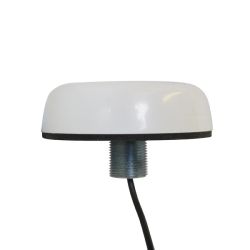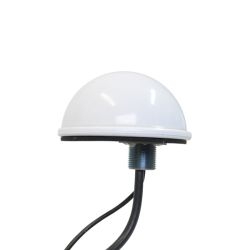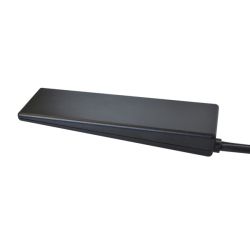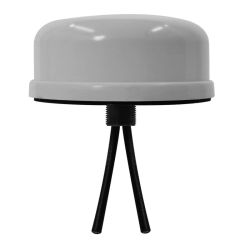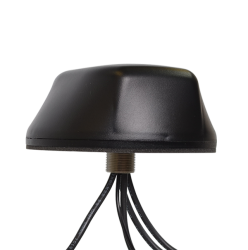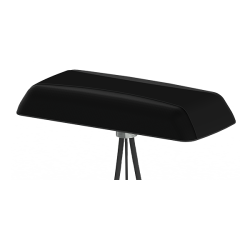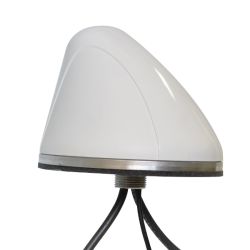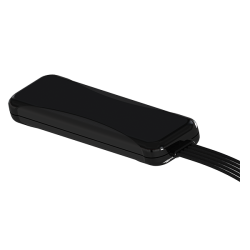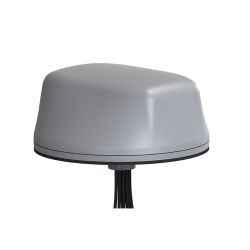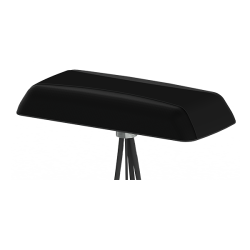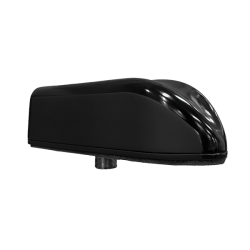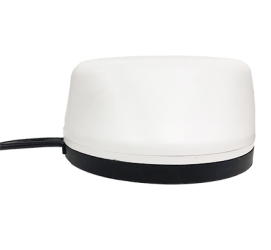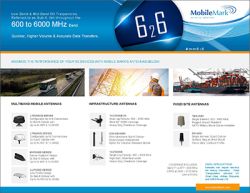First Steps into Fleet Management
Navigation and vehicle tracking were the first steps into fleet management, made possible by the Global Navigation Satellites circling the Earth.
Many times, the GPS navigation unit contained a built-in antenna. When an external antenna was called for, GPS-only magnet-mounted antennas offered quick installations and improved reception of the GPS signal. Surface-mounted GPS antennas allowed for permanent installations for reliable, always-on connectivity.
Although Fleet Management systems have evolved considerably since the early years, there are still applications where the GPS element may be installed separately from the other wireless elements. In some installation settings, for example, a separate location may be required to maintain sufficient coverage.
Let’s Dive into the evolving Cellular frequencies used
As Cellular moved from 2G to 3G to 4G LTE, fleet management operators were able to transmit more data, more quickly. At each of these stages, additional frequency bands were opened up. Router manufacturers upgraded their equipment to cover the additional bands, and antenna manufacturers did the same.
The following table shows how cellular frequency coverage can vary within the Mobile Mark SMW & LTM families. Similar model differences are available for other series of antennas, such as the LLP and MXF.
Antenna Cellular coverage, frequency range
SMWG-301 800-1250 & 1650-2700 MHz
SMWG-305 694-894 & 1700-2700 MHz
SMWG-311 694-960 & 1700-3700 MHz
SMWG-312 694-960 & 1710-6000 MHz
LTMG301 694-960 & 1710-2170 MHz
LTMG302 694-960 & 1710-3700 MHz
LTMG308 617-960 & 1700-6000 MHz
These antenna models and the Cellular frequency ranges they cover demonstrate the way cellular technology has opened up over the years. The right antenna choice is the one that covers the frequency range required by the Router or Modem. All of these models are actively being used today, meeting the needs of different wireless users.
Basic 1 or 2-Cable Solutions
Typical Multiband Solutions
Related Resources for CBRS Private LTE
Call Mobile Mark for the Most Advanced Fleet Management Antenna Design
What’s next in Fleet Management
Advanced Fleet Management systems today take advantage of the newest wireless industry developments and the latest releases of frequency bands by the FCC. They are still based on a combination of wireless systems but use the most advanced services available.
Cellular coverage relies on 5G Sub-6 coverage, from 600-6000 MHz, WiFi coverage is ready to cover the new WiFi 6e frequencies that go up to 7.125 GHz.
We can expect to see new frequency releases and new applications over the coming years. The FCC is currently discussing the possibility of releasing the 3.4 GHz band and maybe even the 3.1 GHz band.
The recent auction of CBRS (Citizen Broadband Radio System) at 3500-3700 MHz is expected to result in a large number of Private LTE Networks, which will give users more control over the wireless transmissions in their network. While these networks will primarily be fixed networks, we may still see some mobile applications. For example, vehicles in a Shipping Port may be tracked and managed using the Private LTE network rather than the Commercial Cellular network.

Plans for the release of the C-Band at 3.4 GHz will also result in new and innovative ways of using wireless technologies.
From an antenna perspective, the good news is that many of the existing fleet management antennas already cover both the CBRS and the C-Band frequencies.


